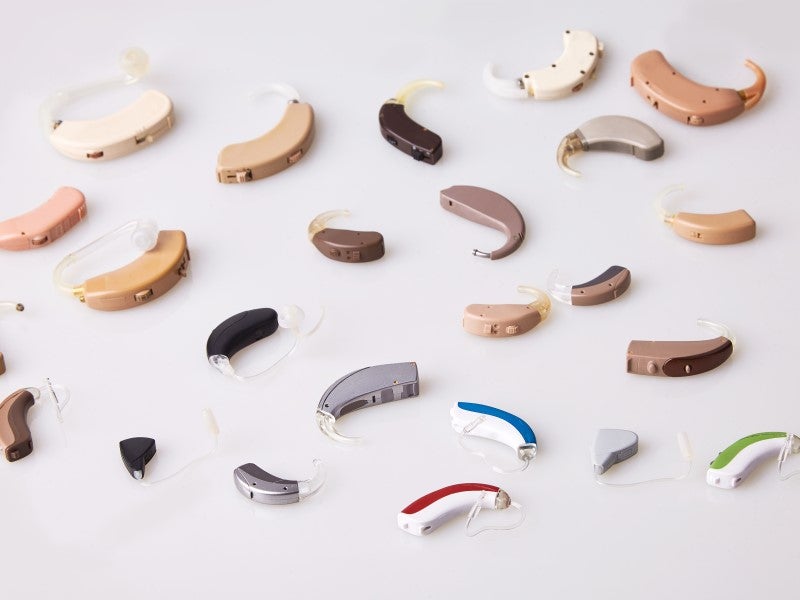Hearing aids in the US have traditionally only been available to consumers who sought audiology consultations with licensed hearing care professionals. Only those who received prescriptions for hearing aids could obtain such devices from medical clinics. As these devices are still not covered under Medicare, their high cost has deterred millions of people from accessing them. To lower such barriers and to spur competition within the hearing aids market in the US, the Food and Drug Administration (FDA) issued a final ruling in August 2022 to establish a regulatory category for over-the-counter (OTC) hearing aids. This ruling enabled consumers to purchase OTC hearing aids without the need to be examined by audiologists, including consultations, prescriptions and fitting adjustments, starting in October 2022. This momentous ruling will heavily impact the prescription hearing aids market, and the changing dynamics of product selection by different cohorts of consumers will drive the hearing aids market for the foreseeable future.
According to the National Institutes on Deafness and Other Communication Disorders, nearly one-fourth of adults ages 65 to 74 years have disabling hearing loss, and this rate rises to over half for those ages 75 years and older. Despite such a large prevalence of hearing loss, fewer than one-third of those who could benefit from using hearing aids have ever used them, and this rate further declines among younger adults. Several factors contribute to the low usage rate of hearing aids, but the high price of the devices consistently ranks among the top reasons. To help consumers gain access to these devices, the FDA began issuing guidance documents, rulings and amendments in late 2016, prior to its final ruling in August 2022 to create a new category of OTC hearing aids. Essentially, such devices could be purchased from retailers like CVS and Walgreens without the need for audiology exams and prescriptions. Two months after the final ruling, the first OTC hearing aids in the US were made available.

US Tariffs are shifting - will you react or anticipate?
Don’t let policy changes catch you off guard. Stay proactive with real-time data and expert analysis.
By GlobalDataThe OTC hearing aids being marketed by major retailers have shown reduced prices that reflect the estimates previously announced by US President Joseph Biden, with some of the devices costing nearly $3,000 less than select prescription hearing aids. This translates to a cost reduction of more than ten times the price of prescription hearing aids, enabling many consumers to access these devices. Barbara Kelley, the executive director of the Hearing Loss Association of America, estimates that OTC hearing aids may eventually cost between $300 and $500 per ear.
With such an immediate availability of significantly lower-priced hearing aids, the prescription hearing aids market is already feeling the disruptive impact of the recent ruling. However, despite the rapidly growing OTC hearing aids market, the prescription hearing aids market will always hold a respectable share of the overall market as it provides certain advantages over its OTC competitors. First, OTC hearing aids are only designed for consumers with mild to moderate hearing loss, so those experiencing severe cases must still undergo audiology exams, receive prescriptions for devices that are sized and fitted appropriately in the ear, and be counselled on the proper use and follow-up tuning of devices. Second, for consumers to be diagnosed and treated for any underlying medical conditions of their severe hearing loss, they must seek professional care when deciding what kind of hearing aids to purchase.
As the FDA has enabled millions of adults in the US to gain access to hearing aids for mild to moderate cases of hearing loss, the trajectory of the overall hearing aids market growth will depend on the rates of growth of the OTC and prescription hearing aid markets. With increasing numbers of mild to moderate hearing loss consumers who seek OTC hearing aids instead of prescription hearing aids, the latter market size will permanently dampen, even if it continues to grow modestly from steadily increasing numbers of severe hearing loss consumers.
As the OTC hearing aids market welcomes high volumes of consumers who could not afford prescription hearing aids, the growth of this market will depend on the balance between the pace of increased sales volumes and decreased sales prices. If the pace of sales volumes increases at a higher rate than the decreased sales prices, the OTC hearing aids market size will continue to grow, potentially enough to make up for the reduction in the prescription hearing aids market. However, the opposite could also occur, where prices are excessively reduced to the point where the OTC hearing aids market growth does not recoup the losses seen from the prescription hearing aid market, despite the higher volumes of consumers. Thus, for the next several years, this market will likely experience a fluctuation of pricing among both OTC and prescription hearing aids, thus ensuring that the market continues to grow.







